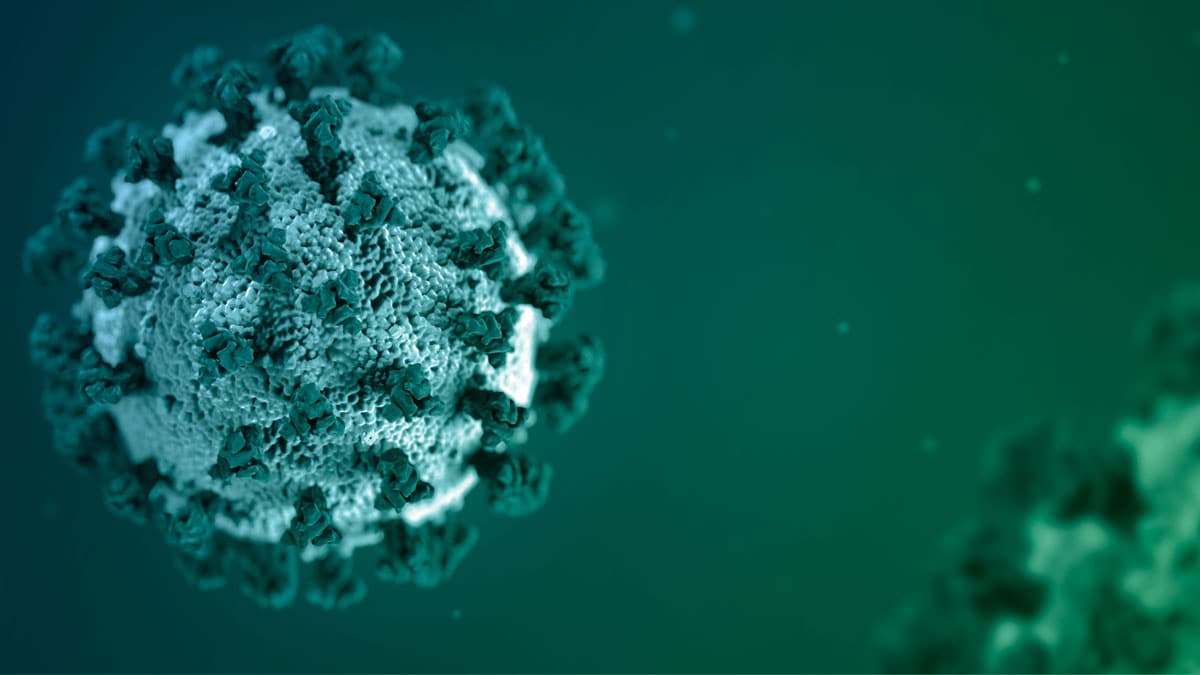Blaine Sweeter
Diamond Member
- Jul 26, 2019
- 5,276
- 4,809
- 1,930
have adult wear masks but why kids? Why outside? Doesn't follow the science.
Sharp rise in cases amongst kids and teens because of the Delta variant.

Nearly 94,000 Kids Got COVID-19 Last Week. They Were 15% Of All New Cases
Cases among children have been steadily growing, but the numbers appear to show that severe illness, hospitalization and death are rare in children infected with the coronavirus.

